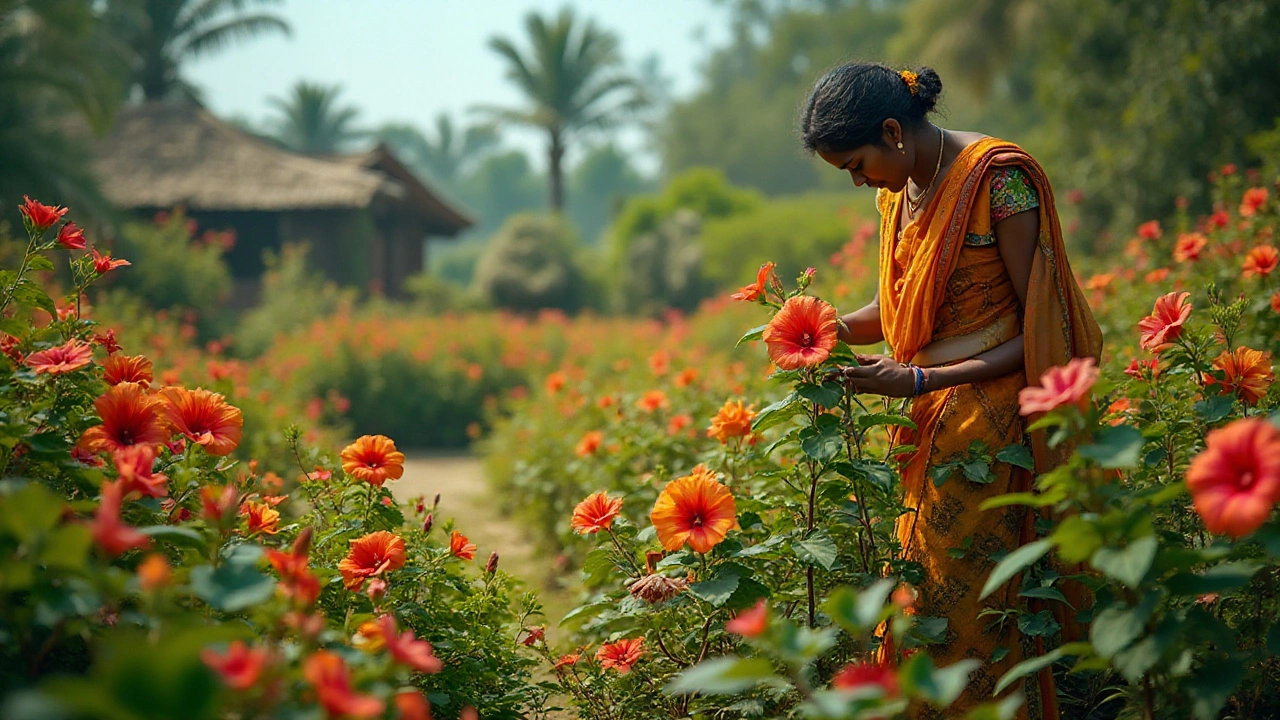Flowering Plants – Your Quick Guide to a Colorful Indian Garden
If you love bright colors and fresh scents, flowering plants are the heart of any garden. In India, the climate varies a lot, so knowing which plants bloom when can save you time and money. Below you’ll find easy tips on picking the right flowers, timing their bloom, and caring for them without fuss.
When Do Flowers Blossom in India?
The first thing to check is the season. Most regions see a burst of color from October to February, when the weather cools down. In the north, roses, marigolds and dahlias love the mild winter months. In the south, hibiscus and jasmine keep blooming from March to June, taking advantage of the warm days. If you live in the east or west, look for regional guides that match local rainfall – that’s where our post “Best Months for Flower Blooming in India” can help you plan.
Choosing Easy‑Care Flowering Plants
Beginners should start with hardy varieties that need little extra attention. Marigold, bougainvillea, and lantana thrive on regular sunlight and can handle occasional drought. For indoor spaces, the post “How to Take Care of Indoor Plants” gives a quick rundown – just keep the pot well‑drained, water when the top inch feels dry, and give them bright indirect light.
If you want a fast‑growing tree with gorgeous flowers, check out “Fastest Growing Flowering Trees for Indian Gardens”. Species like Gulmohar and Cassia can fill a backyard with shade and blossoms in just a few years. Pair them with companion plants – a technique we call sister plants – to improve soil health and keep pests away.
Watering matters a lot for flowering plants. Drip irrigation is a smart choice because it delivers water directly to the roots, cutting waste. Our guide “How Deep Should Drip Irrigation Lines Be Buried?” explains where to place the lines for even moisture. If you’re on a tight budget, the post “Why Is Drip Irrigation So Expensive?” shares ways to cut costs without losing performance.
Soil quality is another make‑or‑break factor. Heavy, compacted soil can choke roots, but a simple mix of compost and sand lightens it up. The article “How to Loosen Heavy Garden Soil” offers step‑by‑step instructions you can follow in minutes.
When you plan your flower beds, think about the bloom cycle. Plant early‑bloomers like pansies alongside late‑bloomers such as hibiscus to keep the garden colorful from spring to fall. This staggered approach reduces gaps and makes the garden look alive all year.
For those who love a bit of tradition, the post “Which Is the Luckiest Flower in India?” points out marigold’s role in festivals and good‑fortune rituals. Adding a few marigold bushes can bring both beauty and cultural flair to your yard.
Finally, keep an eye on pests without reaching for chemicals. Natural solutions like neem oil or companion planting with garlic and basil can protect your flowers. Our “Alternative Pest Control” guide shows safe, eco‑friendly options that work for most Indian gardens.
By mixing seasonal timing, easy‑care varieties, smart watering, and natural pest control, you can create a garden that bursts with color and stays healthy without endless hassle. Start with one or two of the suggested plants, test the watering method that fits your budget, and watch the blossoms come alive.
Year-Round Flowering Plants in India: A Gardener's Guide
Discovering plants that bloom throughout the year can transform any garden into a vibrant paradise. In India, where diverse climates offer unique opportunities for gardening, certain plants can reliably produce blooms every month. From the tropical hibiscus to the hardy bougainvillea, there are options for every type of gardener. This article explores suitable plants and offers tips for keeping your garden colorful all year round.
About
Gardening
Latest Posts
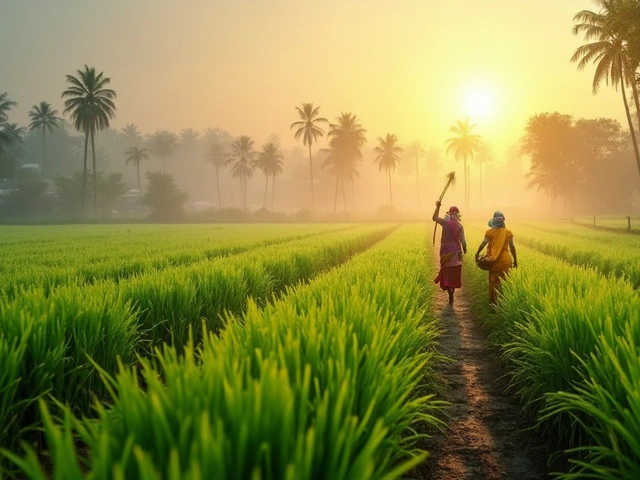
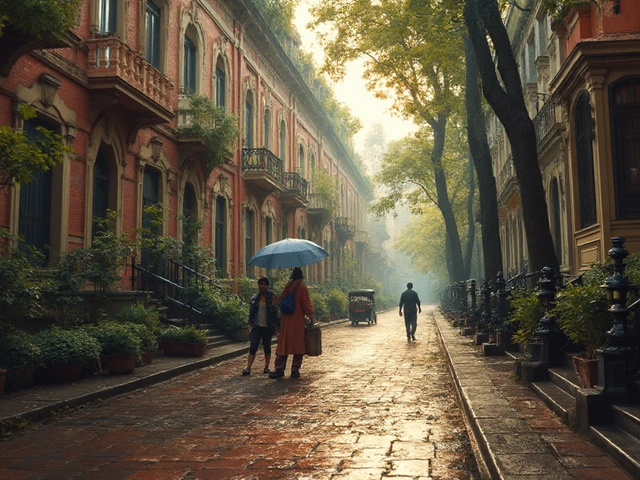
Victorian Terrace House: Key Features, Layout, and How to Spot One
By Alden Thorne Sep 9, 2025
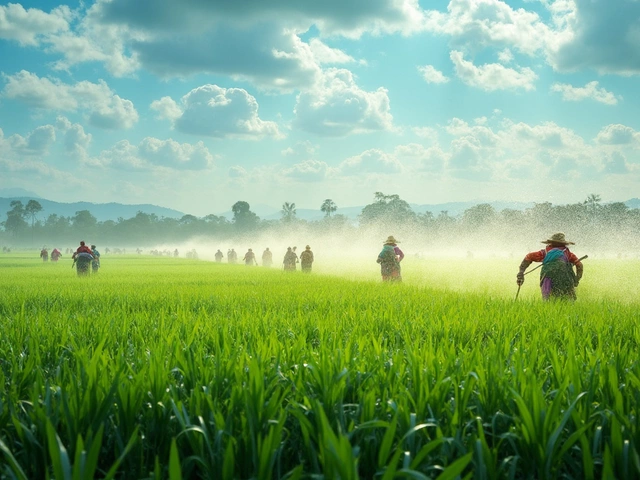
Understanding the Differences Between Sprinkle and Drip Irrigation
By Alden Thorne Mar 22, 2025
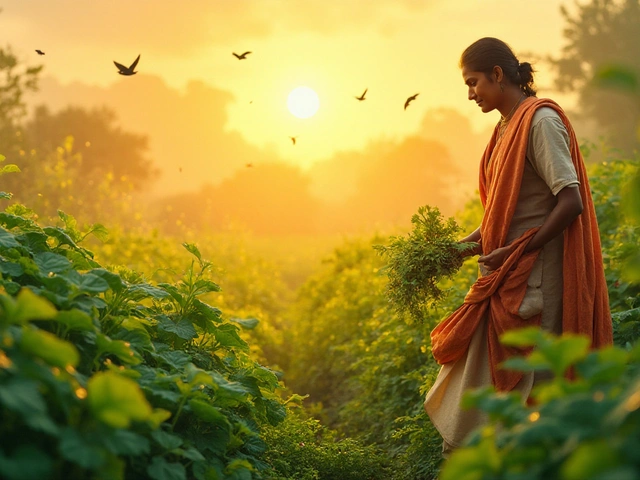
Unveiling the Supreme Superfood: A Guide to Vegetable Gardening in India
By Alden Thorne Feb 1, 2025

